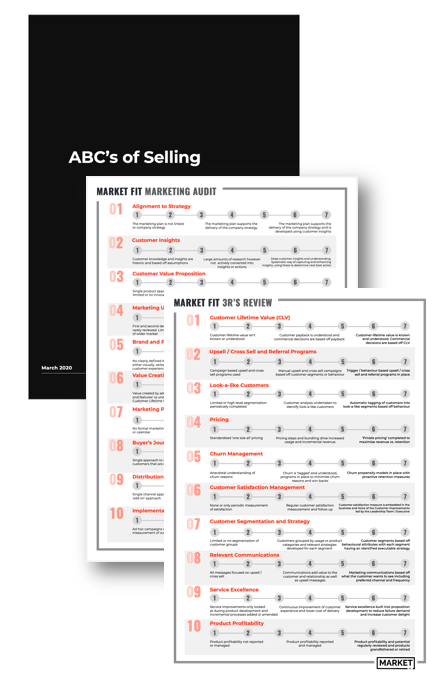A few months back I found myself sitting in the offices of one of the country’s market leading companies, surrounded by clever people, in a proposition development meeting featuring a potentially ground-breaking product.
There was a problem. All our decision making was going wrong. We had broken apart what had started as a strong proposition, and now had a hybrid version that no-one loved. The problem was clear – the customer didn’t like what we’d delivered. And they were letting us know the proposition didn’t meet their needs.
But there was an even bigger problem – the customer was basing their feedback on the sample of one(more commonly known as their personal experience). This isn’t always an issue – in fact, often it’s a good thing. The problem here was the customer was NOT the target market, and yet was still viewing the product through their own worldview. In fact – the customer came from a completely different socio-economic and demographic place as the target market. To complicate things further, where they worked they were given the product for free…
For me it was it was a salutary experience – a roomful of clever people were being taken from the right path by a customer whose reaction came from a flawed basis.
We’ve already seen how hard it is to change a worldview. Luckily for the success of the product we had options – usage and behavioural data supported our case. And the customer was flexible (and commercial) enough to acknowledge this and change their position.
The thing is… the customer wasn’t wrong, they were just looking at the problem from their (wrong)worldview and not that of their target demographic. Google has a good way of solving this conundrum – they build a product for ‘one real customer’, and make sure they are certain of that customer.
Personal bias is not uncommon, no matter the sector, business unit, or level of “sophistication” in the enterprise. Execs and marketers are equally culpable… both are guilty of putting the personal into a decision and missing the very customers they want to reach.
A 2011 Accenture study of 800 executives showed companies were just as likely to rely on personal experience as they were data analysis in decisions on customer needs. 23% of respondents described a personal experience as very important when making decisions about customer wants, versus 22% who plumped for simple data and facts.
Likewise, a recent HBR article where researchers asked marketers to “put themselves in the customers’ shoes”. In short, the more empathetic managers were, the more “egocentric” they became; that is, the more likely they were to project their own preferences onto the customers. Worse, the more “empathetic” to customers, the more likely marketers were to ignore market research that contradicted their position.
There’s a clear answer to this issue – the savvy marketer will mix personal experience with data. Here’sLorraine Twohill, Google’s SVP Global Marketing:
“Google has a very data-led culture. But we care just as much about the storytelling and the brand, and how we tell the world about our mission. So I have found that getting the storytelling right — and having the substance and the authenticity in the storytelling… marketing’s role in the company (is) to really be the champion of the consumer, the face of the user internally, and the guardian of the user’s best interests and the user’s needs. Knowing the user means understanding who your consumers are. Not just knowing who they are, but what they need, what are their deep insights, and understanding how we can help them’
Happily, Lorraine seems to on the same path as me. Genuine customer insights come from genuine customers. Get into the field, out of the office… whatever is appropriate for your business. See how your ‘one real customer’ is using your product, what they look for, how they buy it and how they use it. That’s the best way to understand and decide right around customer needs.
Key Takeaways:
- Keep your passion for the proposition, and be confident you know your customers. Just DO NOT put your personal bias into decisions
- You are unlikely to be your own customer. Don’t import your worldview into the decision-making process.
- Be creative and follow intuition and insight. Just validate it with data.
KS
This post was originally posted on www.theexponential.agency




